
Who Was the First Person to Milk a Cow? And should you get a family milk cow too?
Join the course
Humblebrag raclette put a bird on it blog, fam hexagon jianbing neutra godard plaid scenester.
Homesteading 101 Starter Course
Family
Free Guide
Courses & Guides
shop with me
FAVE LINKS
Low Toxic Living
Homesteading
Homemaking
Recipes
Topics
I’m a homesteader, homemaker, milkmaid, and bread baker! This is my very own slice of the internet, dedicated to inspiring you to live old fashioned in today's modern world. I’m so excited you’re here, and can’t wait to connect with you.
This post contains affiliate links, which means I make a small commission at no cost to you if you place a qualifying purchase through any of the links.
Who was the first person to milk a cow?
They paved the way for all of our family milk cow dreams!
You don’t have to merely dream of having access to fresh, cow’s milk for your family on a daily basis. In certain areas, it can be challenging to find grass-fed, organic, raw milk at grocery stores. So, why not consider raising your own dairy cow?
I remember buying my first dairy cow, I was over the moon excited to start milking and making milk products. The entire milking process can seem a little nerve-racking, and milking a cow can sound intimidating. Imagine the first person to milk a cow! Speaking of…
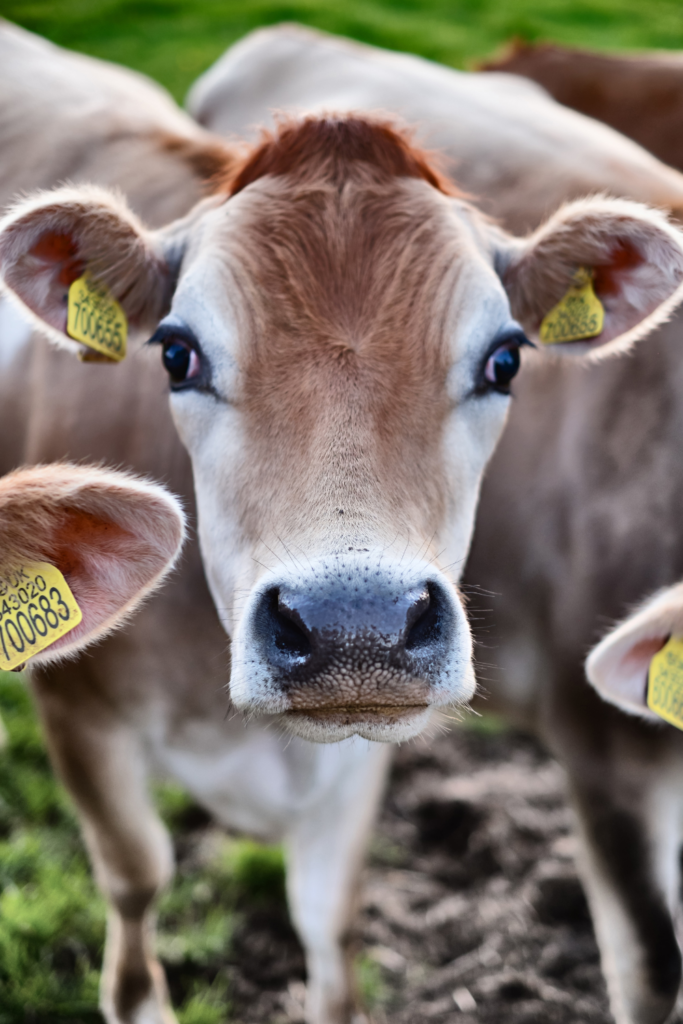
Table of Contents
Who was the First Person to Milk a Cow?
It is speculated that early farmers may have observed the calf suckling on its mother’s teat for nourishment and decided to try it themselves. While the exact person and reason behind this initial discovery remain a subject of debate, the prevailing theory in the historic farming community suggests that desperation and starvation drove these early farmers to turn to cow’s milk.
Despite the initial lactose intolerance that humans experienced, milk gradually became a significant aspect of farming and modern culture. Its production offered a reliable and consistent source of nourishment for early farmers. Over time, milk evolved into a foundation for various other dairy products, such as cheese and butter. These innovations not only played a role in the development of the modern food industry but also became integral parts of today’s cultural practices.
By keeping your own cow, you can ensure a steady supply of high-quality, raw milk right on your farm. It provides you with greater control over the source and conditions in which the milk is produced. You can prioritize a grass-fed and organic approach, ensuring the well-being of the cow and the nutritional value of the milk.
Having your own family milk cow opens up a world of possibilities. Not only will you have a reliable source of milk for drinking, but you can also explore various dairy products that can be made from it, such as butter, cheese, and yogurt. This offers a unique opportunity to connect with traditional methods of food preparation and enjoy the benefits of homemade dairy products.
Raising a family milk cow requires dedication, time, and proper care for the animal. It’s essential to consider factors such as space, regulations, and the commitment it entails. However, with careful planning and a genuine passion for self-sufficiency, keeping your own cow can be a fulfilling and rewarding experience, bringing you closer to nature and providing your family with the nourishing goodness of fresh, raw milk.

Choosing a Family Milk Cow
When it comes to choosing a family milk cow, Holstein cows, and Jersey cow breeds are widely known in the dairy industry. However, there are several other dairy breeds available for home dairies, each with its own advantages and disadvantages.
To make an informed decision that best suits your family’s needs for your first cow, thorough research is essential. This is all personal preference, but I LOVE my Jersey cows.
In addition to dedicated dairy breeds, there are also dual-purpose breeds that serve both meat and dairy purposes. These breeds offer the flexibility of raising cows for both milk and eventual meat production.
Ultimately, selecting the right breed of cow for your family milk cow will depend on factors such as your specific goals, available resources, and personal preferences. Take the time to research different breeds and consider your goals before making a choice that aligns with your family’s needs.
How Much Milk Does a Family Cow Produce?
The milk production of a family cow can vary depending on the breed. On average, if you practice the calf-sharing method, you can expect about one to two gallons of production of milk. However, if you milk the cow twice a day, the daily yield can increase to three to four gallons of milk.
What is the calf-sharing method?
The calf-share method involves sharing the milk produced by the mother cow with her newborn calf. During the daytime, the calf remains with the mother cow for approximately 12 hours. They spend this time grazing and playing, while the mother freely eats and allows the calf to drink the mother’s milk. At night, the calf is brought indoors and placed in a pen with some hay and a water bucket.
As the calf is separated from the mother overnight, the cow’s udder fills up with milk since the calf isn’t nursing. In the morning, you can milk the mother cow and keep that milk for yourself. The calf is then reunited with the mother for the remainder of the day, and this cycle repeats.
By utilizing the calf-sharing approach, you only need to milk the cow once a day. This means you have half the time commitment compared to if you were to wean the calf early, and you’ll also have approximately half the milk yield.
When to Start Milking After Calving
A cow typically begins producing milk immediately after calving. I let the calf stay with the mother for two weeks. This period allows for bonding between the calf and the cow while ensuring that the calf receives vital colostrum. The first time you milk, it will be colostrum. Colostrum is the initial milk, characterized by its sticky, thick consistency and golden-yellow color. While it is not harmful to human beings, it may not taste particularly pleasant.
- Sourdough Vanilla Cupcakes: A Twist on the Classic Treat
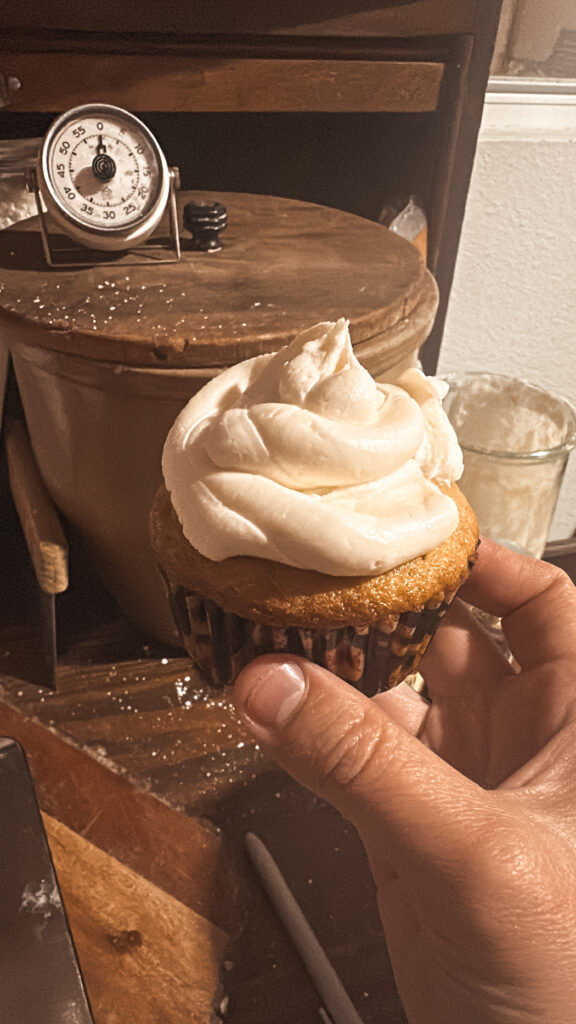 Sourdough Vanilla Cupcakes These sourdough vanilla cupcakes combines the richness… Read more: Sourdough Vanilla Cupcakes: A Twist on the Classic Treat
Sourdough Vanilla Cupcakes These sourdough vanilla cupcakes combines the richness… Read more: Sourdough Vanilla Cupcakes: A Twist on the Classic Treat - Easy Homemade Biscuits: Quick & Delicious Recipes for Beginners
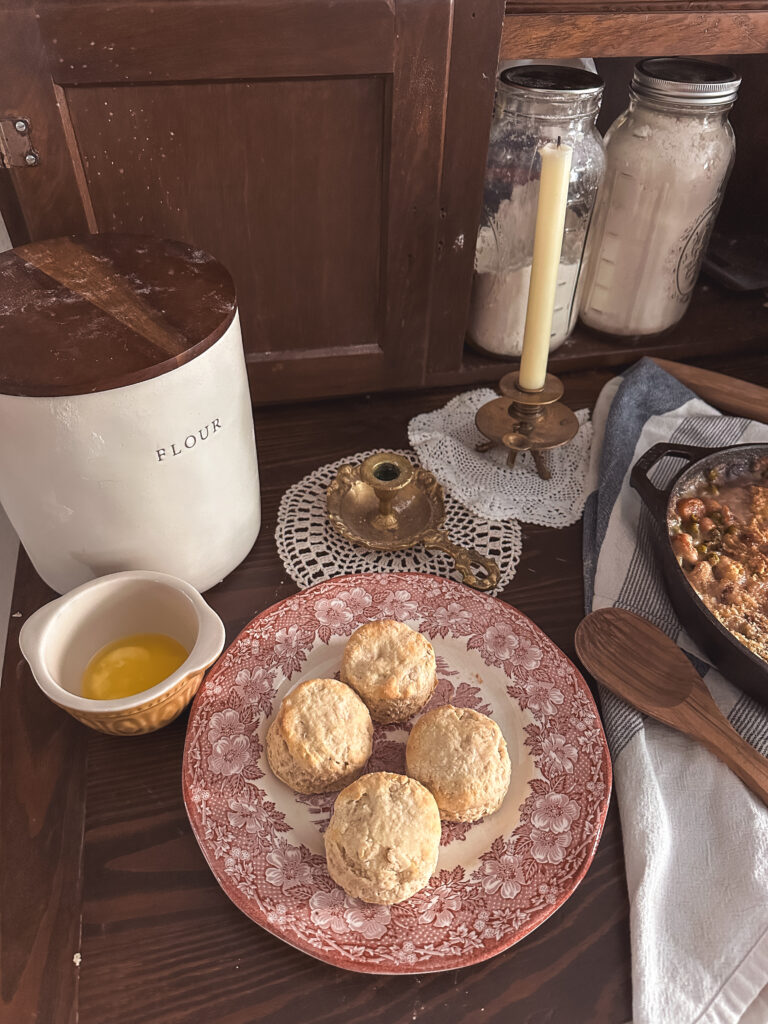 Homemade Biscuits Imagine the aroma of freshly homemade biscuits throughout… Read more: Easy Homemade Biscuits: Quick & Delicious Recipes for Beginners
Homemade Biscuits Imagine the aroma of freshly homemade biscuits throughout… Read more: Easy Homemade Biscuits: Quick & Delicious Recipes for Beginners - Soft Dinner Rolls: Your Guide to Fluffy, Perfect Bakes
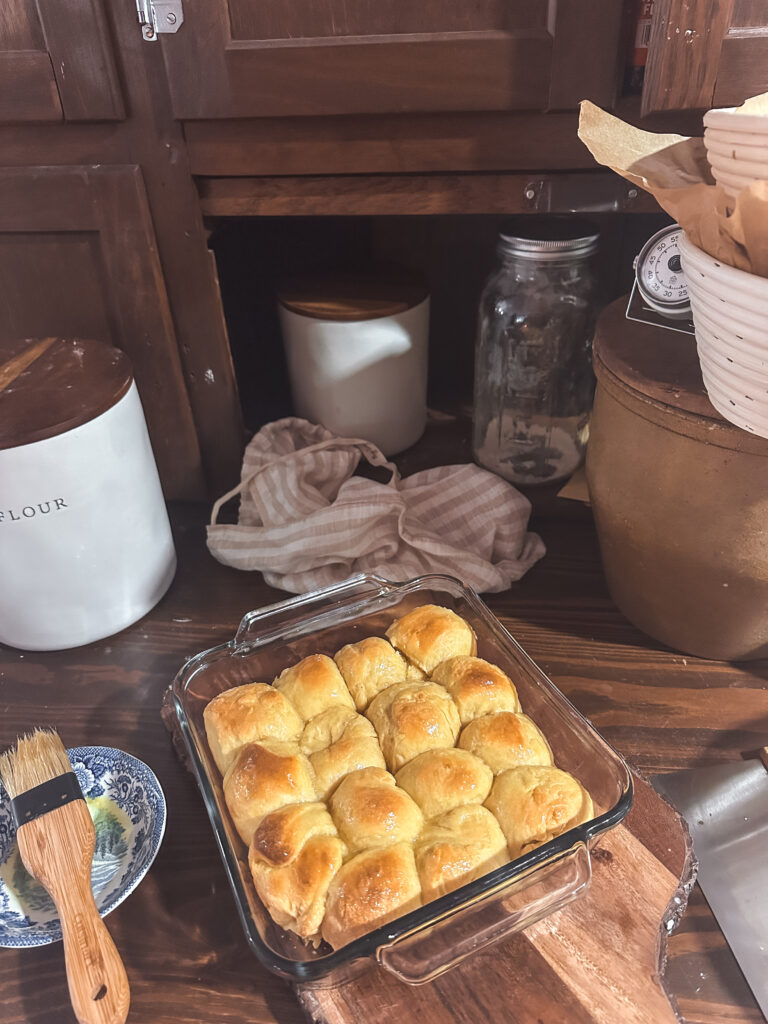 Soft Dinner Rolls Tackling homemade soft dinner rolls can often… Read more: Soft Dinner Rolls: Your Guide to Fluffy, Perfect Bakes
Soft Dinner Rolls Tackling homemade soft dinner rolls can often… Read more: Soft Dinner Rolls: Your Guide to Fluffy, Perfect Bakes - How to Knead Dough: A Step-by-Step Guide for Perfect Bread
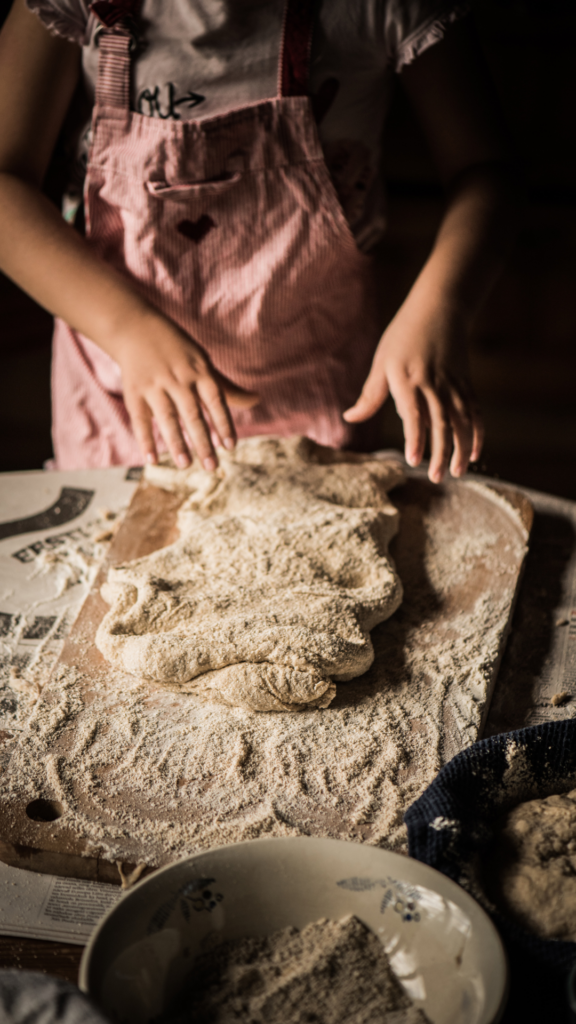 How to Knead Dough Baking bread from scratch often seems… Read more: How to Knead Dough: A Step-by-Step Guide for Perfect Bread
How to Knead Dough Baking bread from scratch often seems… Read more: How to Knead Dough: A Step-by-Step Guide for Perfect Bread - SALT & STONE Deodorant Review: A Natural Deodorant?Natural Deodorant Why natural deodorant? Did you realize that conventional… Read more: SALT & STONE Deodorant Review: A Natural Deodorant?
- Sandwich Bread Recipe: The Perfect Loaf for Your Daily Sandwiches
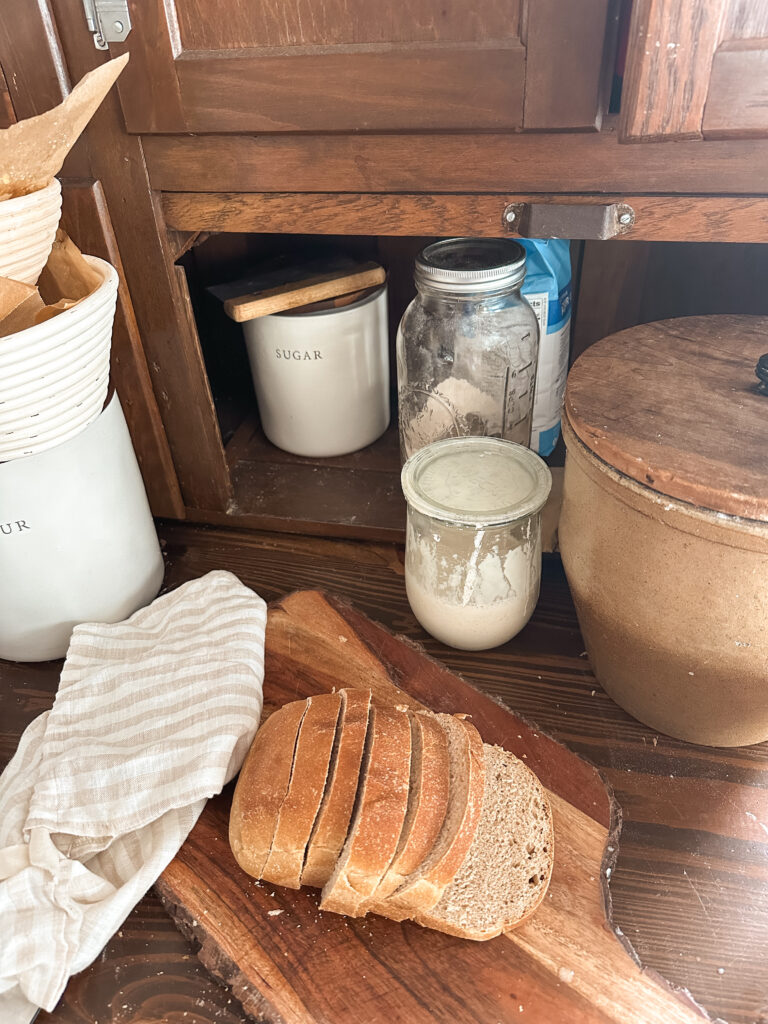 Sandwich Bread Recipe Learn how to make delicious homemade sandwich… Read more: Sandwich Bread Recipe: The Perfect Loaf for Your Daily Sandwiches
Sandwich Bread Recipe Learn how to make delicious homemade sandwich… Read more: Sandwich Bread Recipe: The Perfect Loaf for Your Daily Sandwiches
Handling the Milk, Storage, and Use
When it comes to raw milk, cleanliness is of utmost importance. Ensure that all equipment is sterilized, and avoid using containers where contamination can accumulate, such as those with seams in a bucket.
The main risk associated with raw milk lies in its handling and cleanliness, rather than the milk itself. If there is a suspicion of contamination, it is best to discard the milk or feed it to animals.
After bringing the milk in from the barn, allow it to sit in a glass container in the refrigerator for 24 hours. I always put my milk in the freezer for about an hour to get it as cold as possible as fast as possible, then I transfer it to the refrigerator and I put it all the way in the back to make sure it stays really cold! This allows the cream to rise to the top. Then, skim off the cream and transfer it to a separate glass jar, leaving the rich raw milk behind. Store both containers in the refrigerator.
Raw milk goes through different stages but doesn’t spoil. It tastes best when consumed within the first few days. As it curdles or ferments, it can be used to make cheeses or yogurt.
You can find my milking supplies HERE
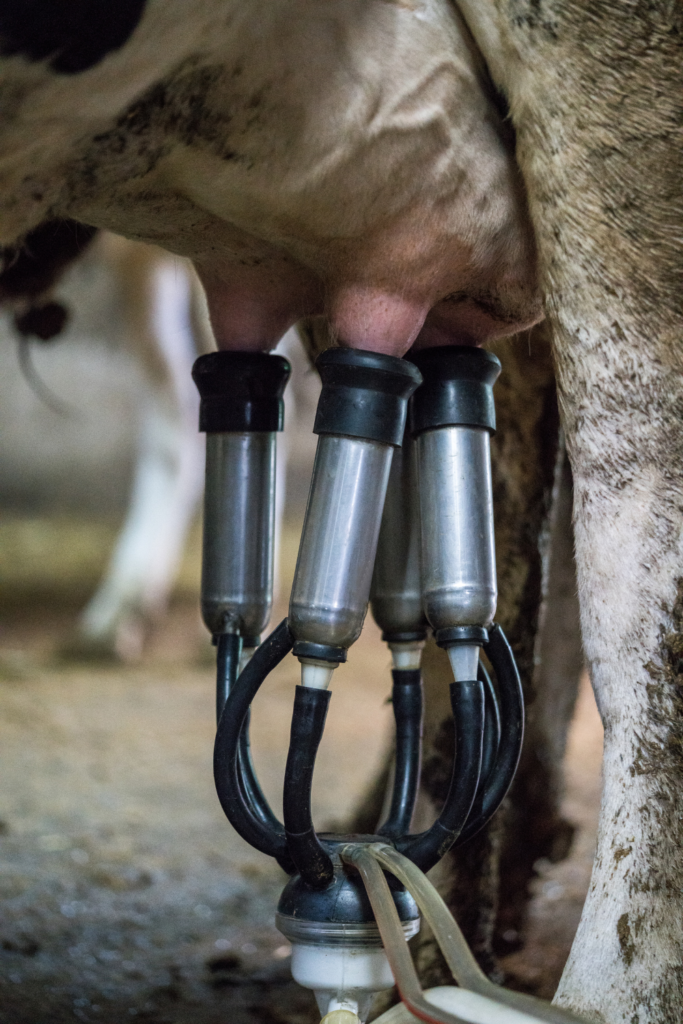
Does the Milk Need to Be Pasteurized?
No, the milk from a family cow does not need to be pasteurized. In fact, the appeal of having a milk cow lies in the availability of raw milk. I have done research on raw milk and I like the idea of the health benefits that raw milk offers.
However, pasteurization is a personal choice, and a lot of people may opt to use a pasteurizer. If you prefer raw milk, strain it, keep it cold and clean, and your fresh milk will be safe.
Our ancestors lived without refrigeration and found ways to keep milk safe for consumption, and we can do the same. It’s important to conduct individual research. While raw milk carries some risks, when you know the health of your cows and are confident they are disease-free, the risks are significantly lower compared to large commercial dairy farms.

Why Should You Buy Your First Dairy Cow?
One good reason to buy your first dairy cow is the fact that you can make all of your own dairy products. You can make products such as ice cream, sour cream, cheese, and so many other products that will save you a trip to the grocery store.
Although I hand milk, I do have a milking machine that I use. For human consumption of milk, it is said that using a milking machine is cleaner. I personally think that as long as you are clean and sanitize everything, either way of milking is safe. There are a lot of people that will tell you the “best way” to milk, but that is really up to you to decide. Your first milking may take longer than you expect but once you get it down, you will become a pro in no time!
Explore Reader
SHOP
Fitbit Versa 2 Health & Fitness Smartwatch
SHOP
Bamboo Nesting storage boxes
SHOP
Ilia Super Serum Skin Tint SPF 40
SHOP
Ninja Max XL Electric Air FryeR
SHOP
Cuisinart 15-Piece Knife Set with Block
SHOP
Muse Bath Apothecary Hand Ritual
SHOP
Martha Stewart 100% Cotton Bath Towels
SHOP
Eozlink Fluffy Fur Slides
Leave a Reply Cancel reply
Watch me clean my home


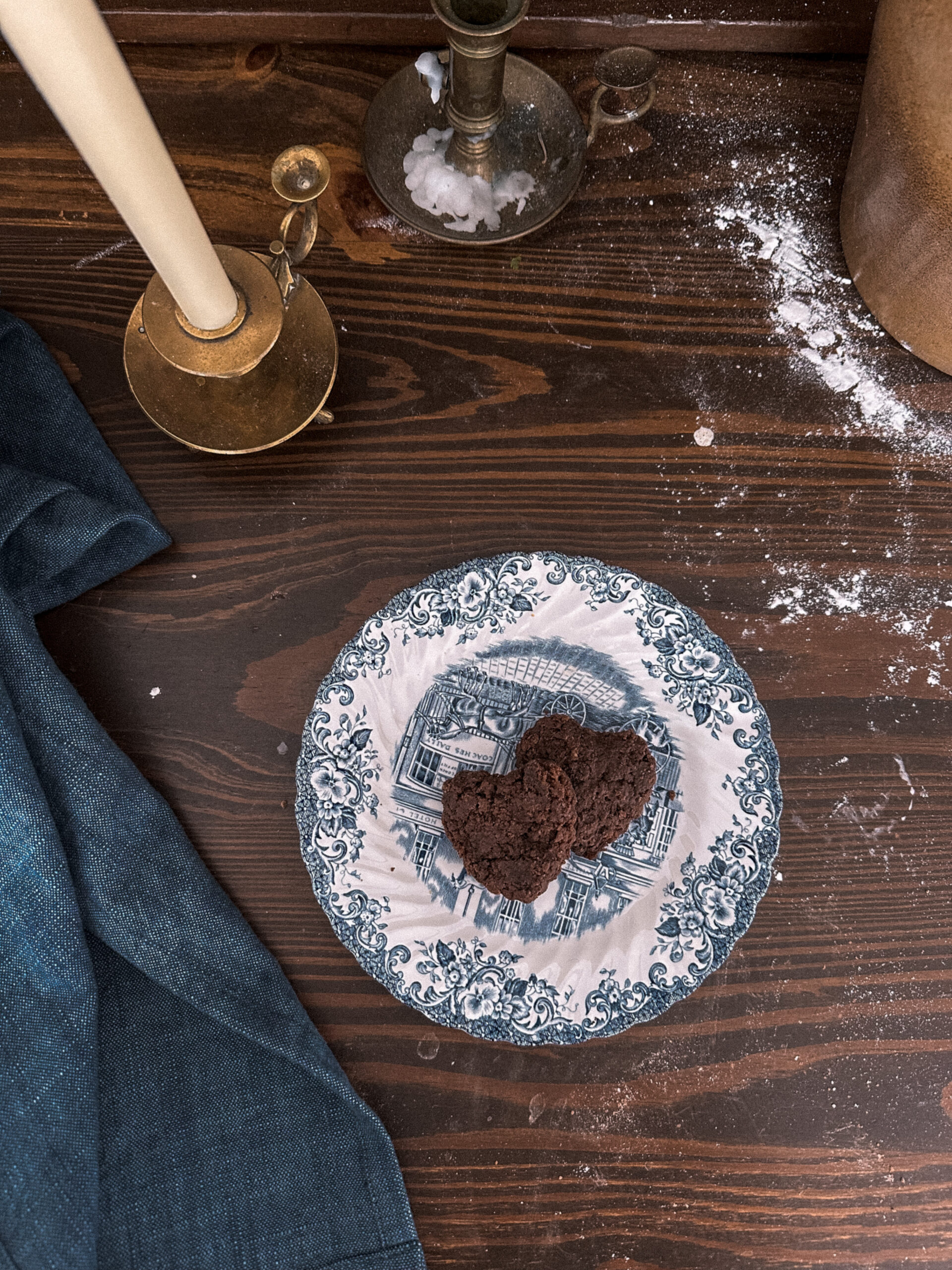
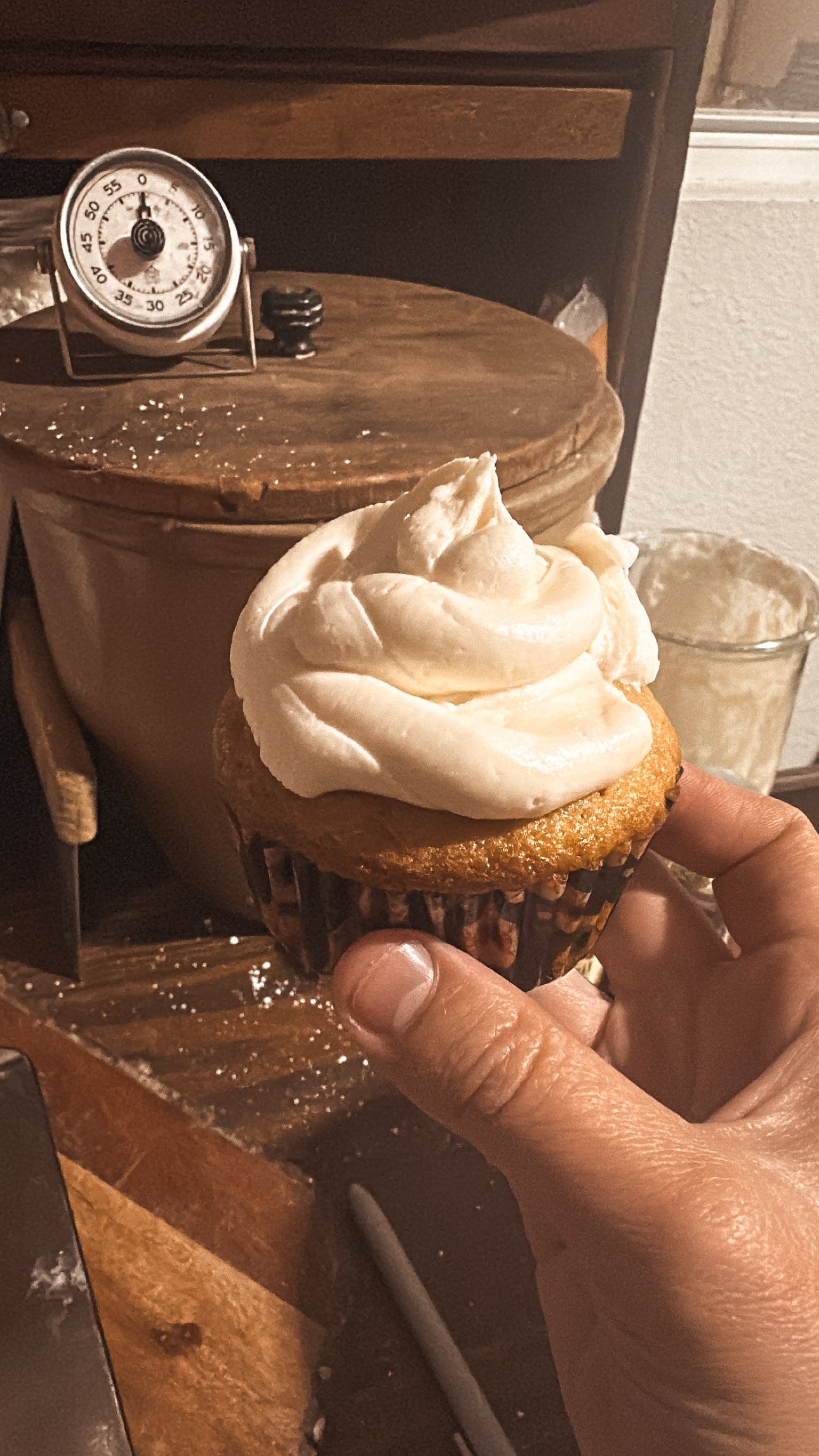
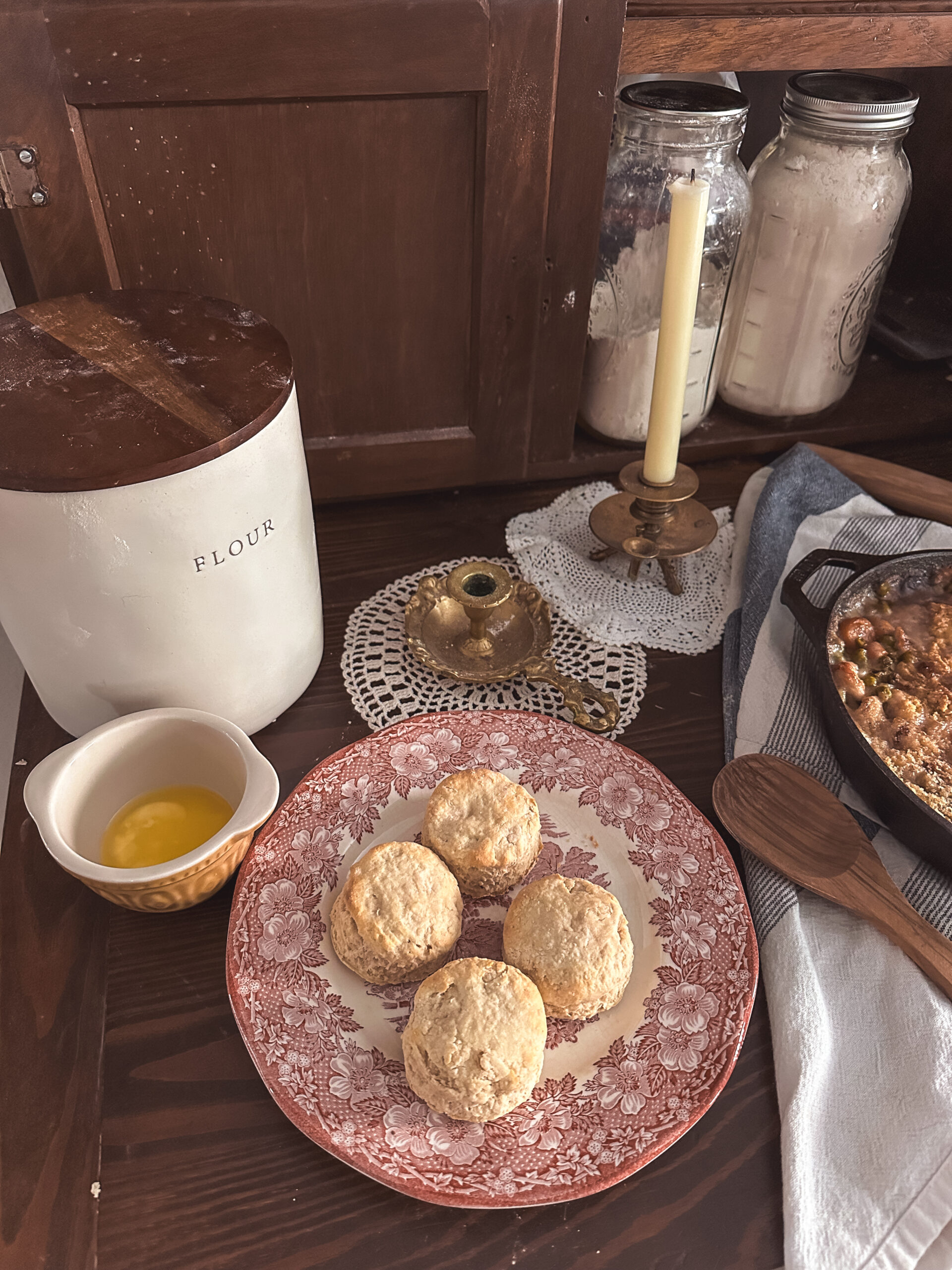

Be the first to comment